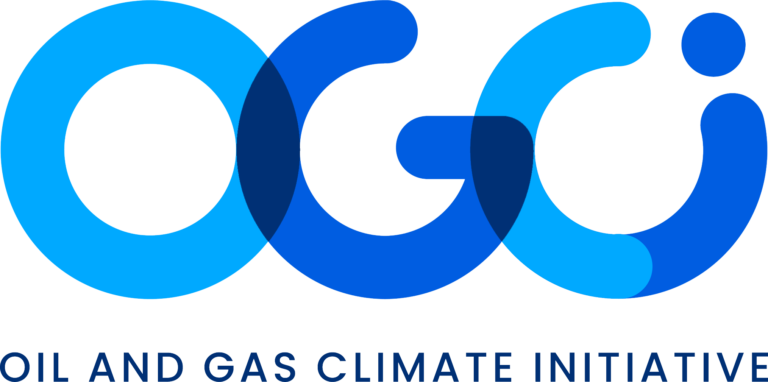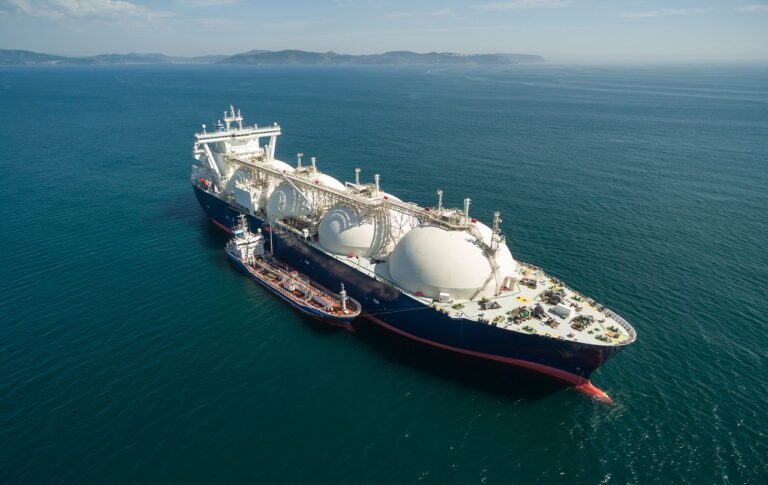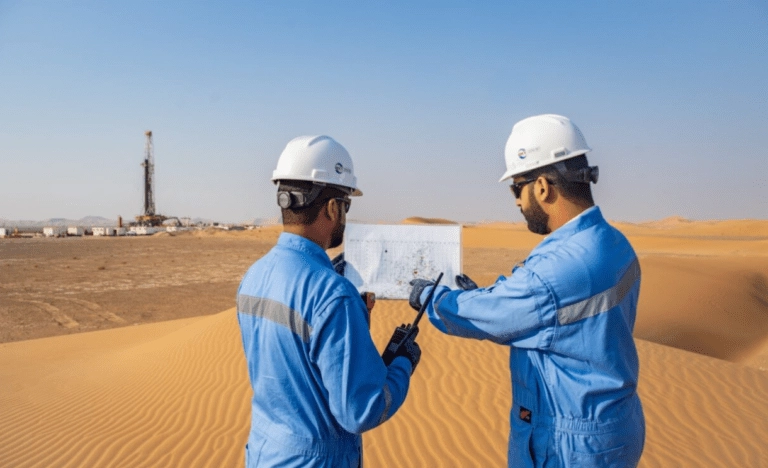This report looks in detail at the investment requirements to deliver a sharp reduction in oil and gas methane emissions to 2030, and how these could be financed. The analysis is intended to inform discussions in the runup to COP28 and help prompt the necessary actions to accelerate the pace of change. Includes lessons learned and IEA recommendations. This resource serves as a valuable tool for companies and governments planning investments in emission reduction technologies and initiatives.
Financing reductions in oil and gas methane emissions
The International Energy Agency (IEA) works with governments and industry to shape a secure and sustainable energy future for all.

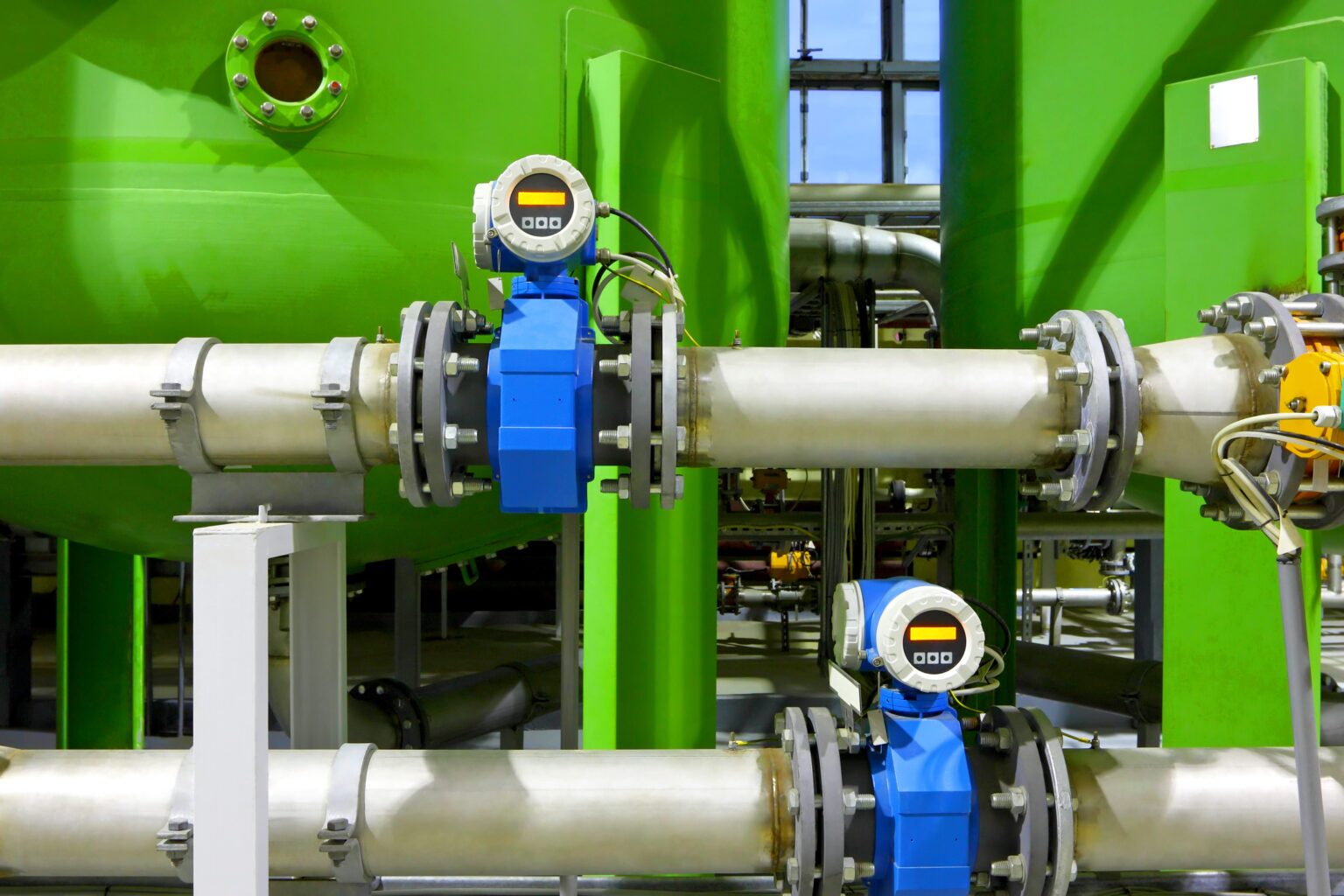
OGCI and its member companies do not assume any responsibility for the accuracy or reliability of any information offered by third-party websites linked though this site. The views expressed in the external content do not necessarily reflect those of OGCI or its member companies. See our Terms of Use.
Region
Global
Published
2023
Resource Type
Technical report
Category
Methane abatement strategies
More info
Sub-Category
Operational guidance | Regulations
Segment
N/A
Equipment
N/A
Related resources
The article from CSIS discusses the European Union’s new methane rules and their potential impact on global LNG exporters. It highlights how the EU’s stringent
This briefing provides an overview of the key sources of methane (CH4) in the EU. It also describes the main EU and international policy processes
EU Methane Regulations. The EU Methane Regulation (EU/2024/1787), effective from August 4, 2024, marks a significant step in the EU’s strategy to reduce methane emissions
Recently visited resources
The IEA’s gas flaring page reviews global flaring trends, environmental impacts, and reduction strategies. It discusses flaring’s role in greenhouse gas emissions and offers links
Brochure created by GasNaturally discussing methane emissions in Europe. It highlights the environmental impact of methane, O&G sources, and emission reduction strategies. The document also
This book highlights the business case for reducing gas flaring and methane emissions (FMR), offering a framework for policymakers to evaluate FMR project feasibility and
